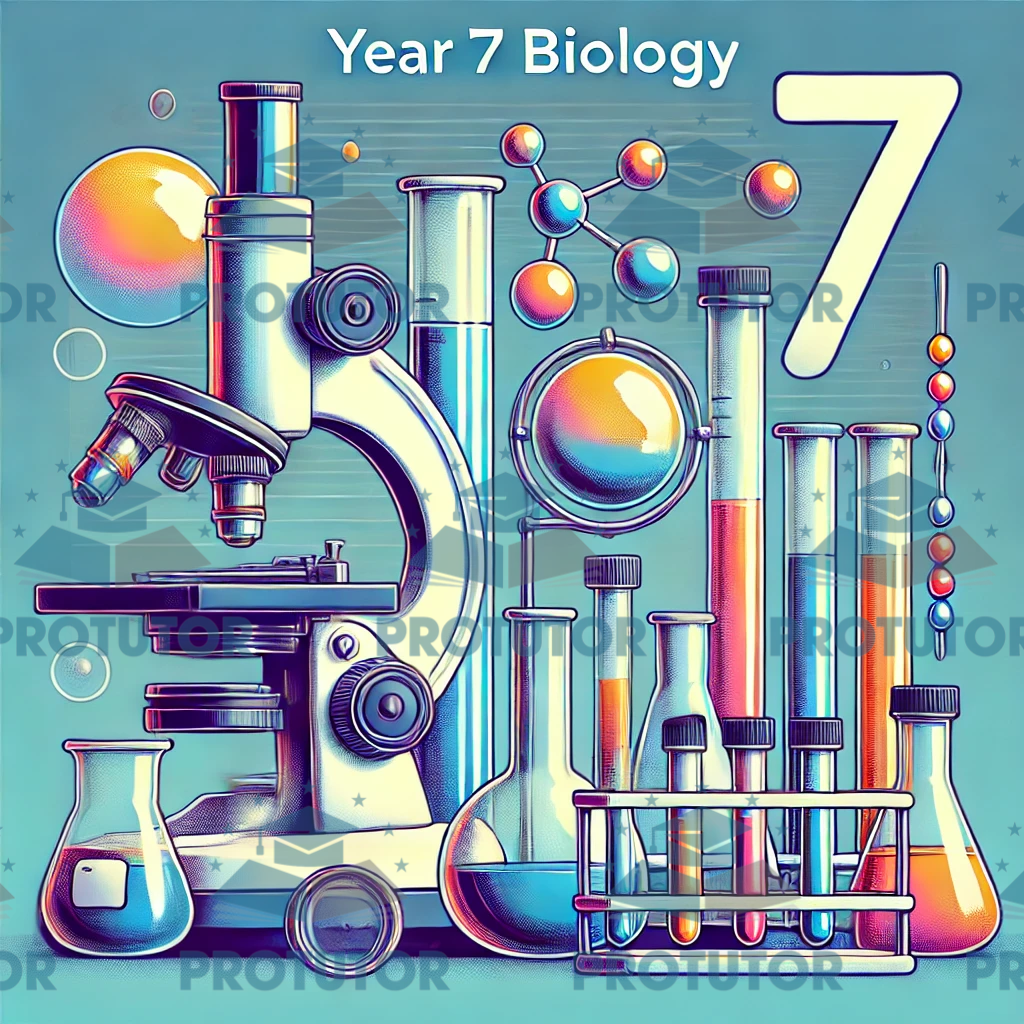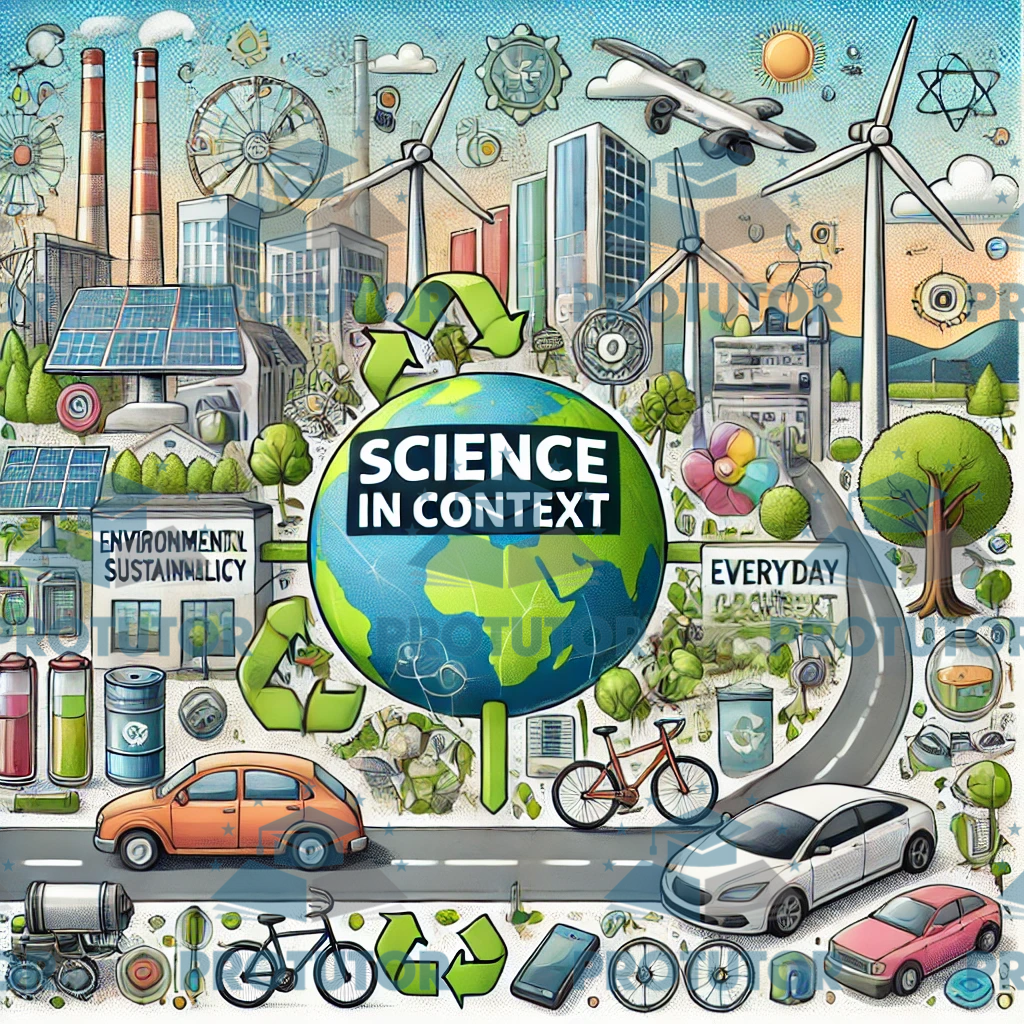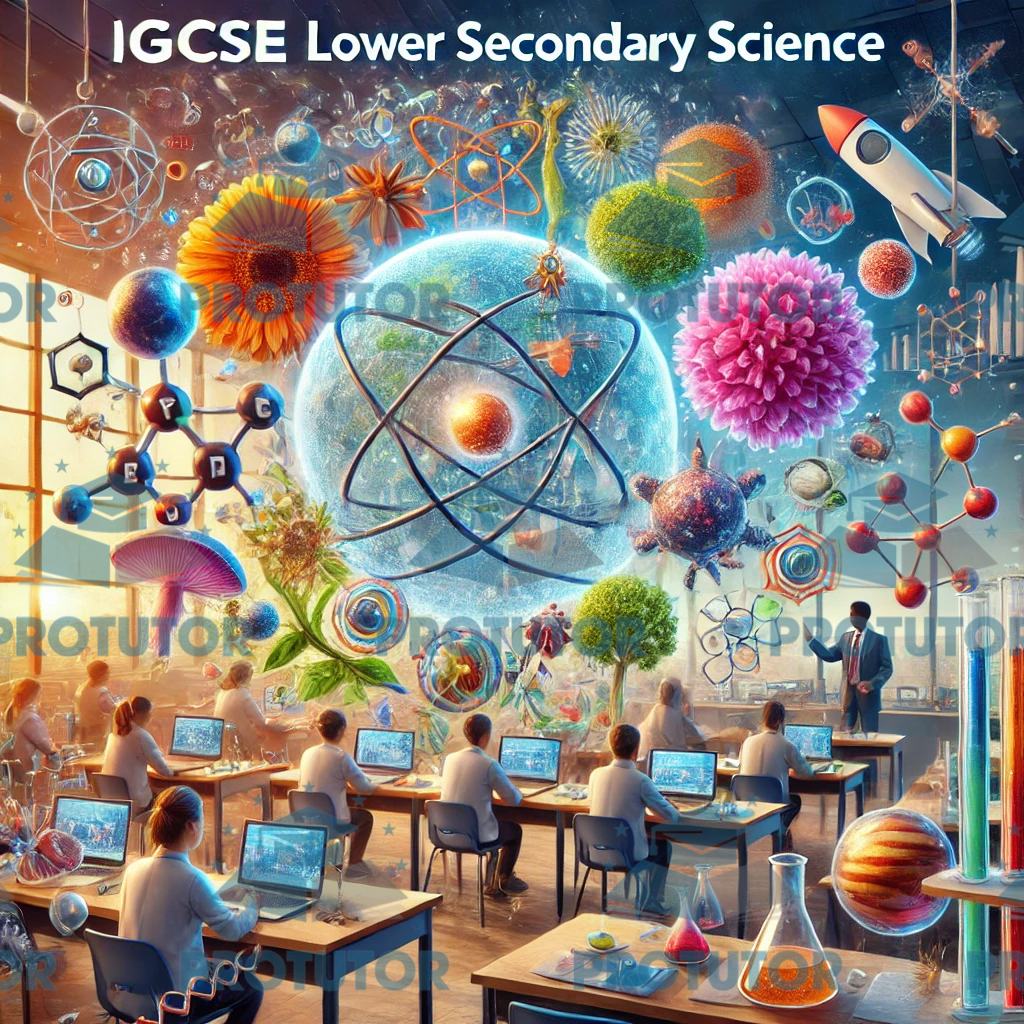Understanding Key Concepts in Lower Secondary Science: A Guide for Students
Are you looking to excel in IGCSE Lower Secondary Science in Malaysia? The Cambridge Lower Secondary Science Curriculum (0893) offers a well-rounded foundation in science, preparing students for the challenges of IGCSE. In this post, we will break down key topics in Biology, Chemistry, and Physics that are crucial for mastering Lower Secondary Science, with a focus on the latest curriculum updates.
Cambridge Lower Secondary Science Curriculum Framework (0893) – Stages 7 to 9
Cambridge_Lower_Secondary_Science_Curriculum_0893 Download the Cambridge Lower Secondary Science Curriculum Framework (0893) for stages 7-9, covering biology, chemistry, physics, and the new Earth and Space strand.
1. Biology: Understanding Living Organisms
Biology introduces students to the complexity of life, starting with the structure of cells. Understanding plant and animal cells, and the function of their organelles, such as the nucleus and mitochondria, is crucial. Moreover, students dive into systems within organisms, including the human digestive and respiratory systems.

Learning about the interactions between organisms and their environment, such as ecosystems, prepares students for more advanced IGCSE topics like genetics and ecology. These concepts build a strong foundation for understanding life sciences.
2. Chemistry: The Study of Matter
Chemistry at the Lower Secondary level focuses on the structure and behavior of matter. Students begin with basic concepts such as the states of matter (solid, liquid, gas) and the changes between these states, including melting and evaporation. The introduction of atoms, molecules, and elements sets the stage for more complex studies in bonding and reactions during IGCSE.
Understanding the periodic table is also a key milestone, as students explore how atoms combine to form molecules. This prepares them for studying chemical reactions in greater detail at higher levels.
3. Physics: Forces, Energy, and Motion
Physics involves understanding the interaction between matter and energy. Key topics include forces and motion, where students learn about Newton’s laws of motion, and how forces like gravity and friction affect movement. Another core concept is energy transformation and the conservation of energy, which help students explain real-world phenomena like electricity and heat transfer.
Recent Changes in the Curriculum
The Cambridge Lower Secondary Science curriculum has seen several updates to help students develop not just scientific knowledge, but critical thinking and practical skills. Some of the key changes include:
New Earth and Space Strand: This strand covers topics such as the structure of the Earth, planetary movements, and the wider solar system. This addition emphasizes environmental sustainability and space exploration, helping students connect science to global challenges(Cambridge International)(Cambridge University Press & Assessment).

Thinking and Working Scientifically: This expanded strand replaces traditional scientific enquiry. It focuses on developing students’ practical skills, encouraging them to create and use scientific models to solve real-world problems (Cambridge University Press & Assessment).
Science in Context: A new strand that brings science closer to everyday life. This helps students see the relevance of scientific concepts by connecting classroom learning to real-world applications (Cambridge University Press & Assessment).

Why Mastering Lower Secondary Science Matters
By focusing on these core areas, students build a strong foundation in Science that will be critical when transitioning to IGCSE. Biology, Chemistry, Physics, and the new Earth and Space strand cover key topics that form the basis for more advanced learning. The inclusion of Thinking and Working Scientifically ensures that students are prepared for both the theoretical and practical aspects of IGCSE, while Science in Context helps them relate science to their everyday experiences.
If you’re in Malaysia and seeking expert tutoring for IGCSE Lower Secondary Science, our personalized tutoring services will ensure your child excels in these foundational areas, paving the way for academic success.

